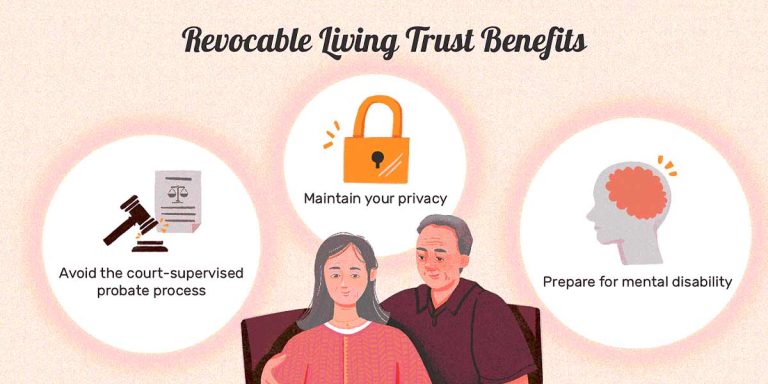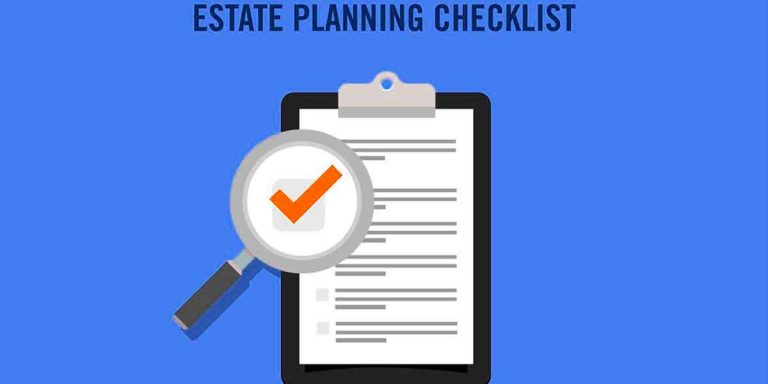If you are a senior or if you have an elderly loved one, it is important you start putting plans in place for your long-term care. Long term care, which involves a panoply of services designed to meet your health or personal care, can be very expensive for an average senior.
Long term care is so expensive that thinking of it gives people headache. If you have the intention to receive long term care but don’t know how to pay for it, I’ve got you covered. Below are some the primary ways to pay for long-term care.
However, before we delve into that, let us take a brief look at what long-term care really is.
Long-term care explained
Long-term care is a variety of services tailored to meet an individual’s health or personal care needs during a short or long period. These services help individuals live independently and safe as possible when they aren’t able to carry out normal day-to-day activities on their own.
Long-term care is provided in diverse places by diverse caregivers. The services these individuals render is designed specifically to meet of the individual or senior in question. Most long-term care is provided at home by unpaid family members and friends. This care can also be provided in a facility like a nursing home or in the community, for instance, in an adult day care center.
Personal care, which is a type of care that involves helping the individual with his or her daily activities, is the most common type of care. These activities range from bathing, dressing grooming, using the toilet, eating, and moving around—for instance, leaving the bed and relaxing on a chair.
Long-term care also includes community services like meals, adult day care, including transportation services. These services may be offered free or for a small fee.
Having understood what long-term care is, let us take a look at the main ways to pay for one.
Paying for long-term care
- Activate a chronic illness rider
If you or your parents have a term life or permanent life insurance policy that comes with a chronic illness rider, you might be lucky. The triggers for the chronic illness riders are similar to the triggers required to make you eligible for long-term care insurance claim. You can be eligible if you can’t do two of six tasks of daily living without help or if you require help for cognitive impairment.
- Sell a home or acquire a reverse mortgage
Some people sell their parents’ home to pay for their long-term care. However, if one spouse is still residing in the home, a reverse mortgage may be the best option to assist in paying for the other’s long term care.
- Apply for Medicaid
The rules for Medicaid care benefit (restricted to individuals with low incomes and assets) is different in each states, and you or your parents may not be eligible if a huge percentage of your assets were transferred into another person’s name within the past five years. Contact a financial adviser in your state for more information.
- Use your personal savings
Another effective way to pay for long-term care is by saving up adequate money. You can do this by setting aside a part of an investment plan to pay for the future.
- Take funds from an individual retirement account
The income gotten may make you eligible for a medical expense deduction. Taking money from an IRA will raise your taxable income. But, the tax deduction from using this money only for long-term care costs transforms one’s IRA into a tax-exempted health savings account.
- Consider veteran aid and attendance programs
This less common Veterans Administration offering offers up to $1,830 each month for any individual who has served 90 days in the military during a period of war, and up to $1,176 for surviving spouse.
Need an Elder Law Attorney?
Contact us if you need to know more about the look back penalty period or if you need the help of a Medicaid attorney or elder law attorney.
































